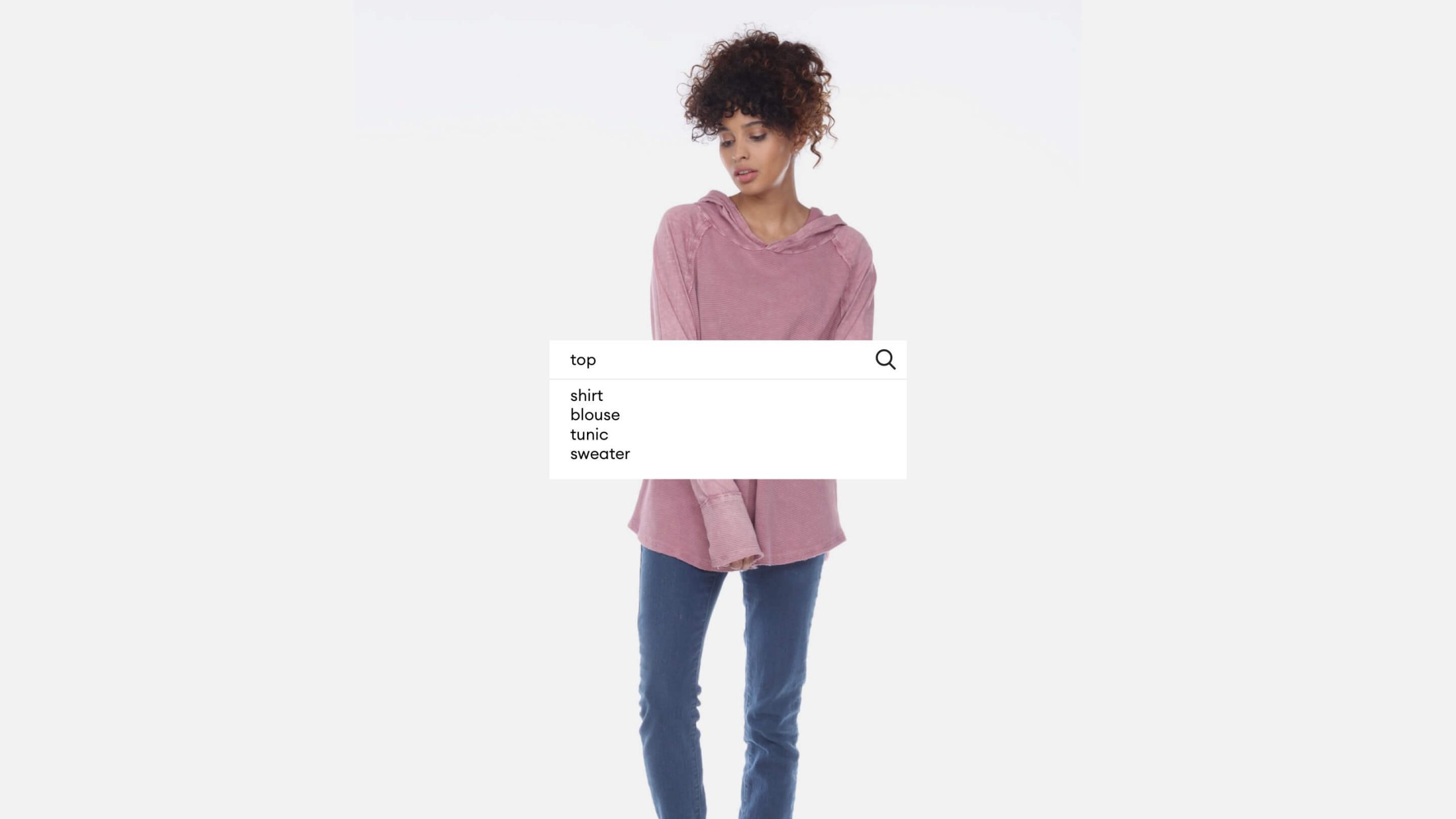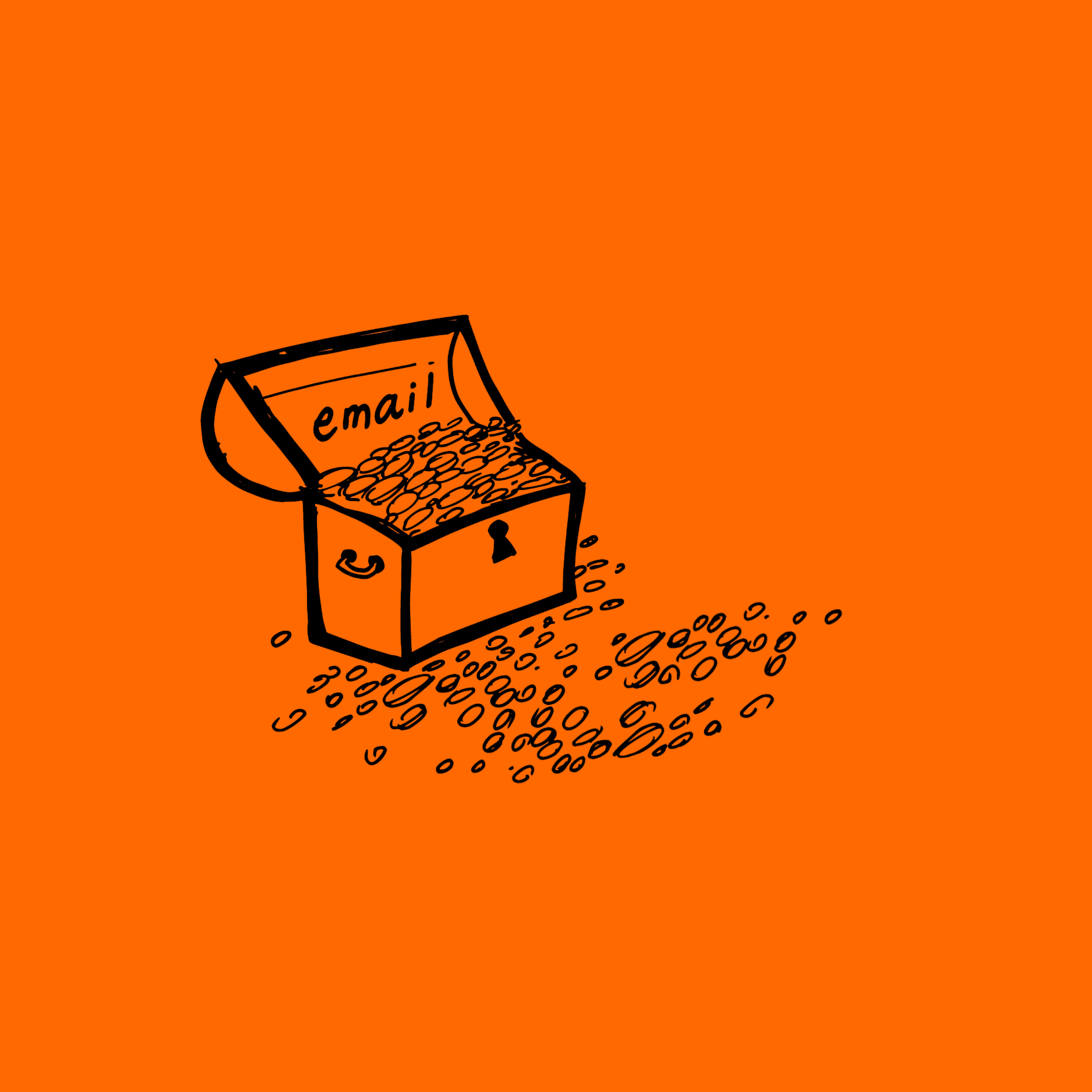Remember “going shopping”? Like when you got in your car (or the bus or your bike) and headed to the mall or the high street to spend an afternoon popping into whichever store caught your eye? Now that we’re deep into the COVID landscape, leisurely in-person shopping excursions seem like a thing of the past.
If you’re selling directly to customers, it’s never been more important to have a well-functioning ecommerce site. After all, brands that once relied on brick and mortar for 70% of their revenue now must rely 100% on their digital sales channels. But just because you build it, doesn’t mean your customers will come.
That’s where search engine optimization comes in. In simplest terms, SEO is about placing the right keywords in the right places to help your customers find exactly what they’re looking for.
In the world of ecommerce, it seems like everyone knows they should do SEO—but very few know where to start. At Monday, we always start by talking to our SEO guru, Jason Carroll of J Carroll Media.
We sat down with Jason, who gave us four essential ways to improve your SEO for ecommerce. Let’s dive in.
Lesson 1: SEO helps you reap long-term benefits
Your search engine optimization will have the highest ROI of almost any marketing effort because the bulk of your work can happen at once, right at the beginning. While social media and paid advertising are essential components of any ecommerce content marketing mix, they are both beasts that constantly need to be fed, revisited, and revised.
“When you put a solid upfront investment into your SEO to build a foundation, you will see continuous results,” Jason explains. While there are many components to good SEO—lots of high-quality inbound links, good security, fast load times, no broken links and avoiding duplicate content—the most important thing to focus on is your on-page content: the words you use throughout your site. And once you optimize those words, they keep working for you.

Kit and Ace, a clothing brand that uses performance fabrics to create work-ready wardrobe staples, expertly uses their homepage’s title tag and meta description to tell their story and reach their target customer by using key terms like ‘technical apparel,’ ‘professionals’ and ‘modern commuter.’
Arc’teryx, a more sporty and outdoors-focused apparel company, chooses very different key terms to stand out to their target audience. They’ve opted for words and phrases like ‘outdoor equipment company,’ ‘high performance,’ ‘outdoor clothing’ and ‘technical outerwear.’ Additionally, they chose to name a few of their high-performing categories (i.e., climbing, skiing, and alpine) to make sure they show up in searches for customers looking for activity-specific gear.

Lesson 2: Look beyond your homepage
There’s no question that optimizing your homepage matters. After all, that’s where most of your external links will point to and it’s likely where you’ll be directing the bulk of your digital ads. As Jason himself puts it, “Your internal link equity flows from your homepage.” This is because if Google thinks your homepage is valuable, other pages will benefit from its reputation in Google’s eyes.
But it’s important to take your SEO work past your homepage. Product pages, he explains, may be even more important than your homepage. Why? Because they are the pages that ultimately convert for you. “You’ll see this with so many Shopify sites—there’s often nothing on the product page,” laments Jason. “Brands will spend tons of time developing their homepage but forget that people won’t buy if you don’t develop your product pages.”
In fact, he says, it’s often the simplest things that brands overlook when optimizing their product description pages (PDPs) and Product Landing Pages (PLPs): “Something simple that has a lot of impact is doing actual research for every page—this means identifying target keywords based on volume, competition and intent. Then, using those keywords and semantic keywords (words with similar meaning) to strategically build out page content like the Title Tag, H1, meta description and even the body copy that explains the features of the product itself.”
Lesson 3: Product names are prime SEO real estate
What’s in a name? When it comes to boosting your search rankings, descriptive product names go a long way. As an example, if you’re selling a pair of high-waisted bike shorts, it would be a huge mistake to call them the ‘Back Road Short’—you’re missing an excellent opportunity for your product to come up when someone searches for this specific cut of bike short. “Include your keywords right in your product name,” says Jason.
So carrying through with our example, we’d recommend choosing a name like the ‘Back Road High-Waisted Bike Short.’ Then, follow through with these key terms in your product description by using common variations like ‘bicycle short’—or even ‘chamois,’ if it applies.

Ethical apparel brand Everlane expertly employs SEO ideology throughout their product description pages. When naming this basic women’s T-shirt, they chose a descriptive name—‘The Cotton Box-Cut Pocket Tee’—and then followed through in their product description by using similar terms such as ‘roomy,’ ‘boyish,’ ‘crew neck,’ ‘combed cotton’ and ‘lightweight cotton’ to make sure they led customers looking for a T-shirt with this particular cut to this specific PDP.
Lesson 4: Don’t use SEO to dupe your customer
It’s important to remember that SEO isn’t a ‘trick.’ Using relevant search terms is about more than just beating Google; it’s about helping your customer find what they’re looking for. “If you’re searching for waterproof shoes and you end up on a page that’s selling boots, there’s a disconnect for the user,” Jason explains. “But if you land on ‘Vessi waterproof shoes,’ it makes sense.” Don’t waste your user’s time (and your advertising dollars, if you’re using search ads) by trying to rank for keywords that aren’t accurate or related to your product. Get specific and honour your customers by serving them the items they’re actually after.
If there’s one takeaway from our chat with Jason, it’s that good ecommerce SEO starts with robust product description pages (PDPs) and a thorough understanding of what your customer is looking for. With a bit of upfront investment, your ROI in good SEO will come back to you tenfold.







